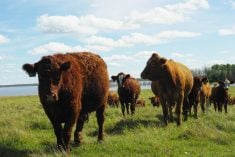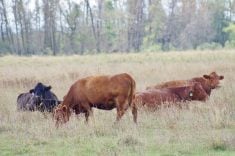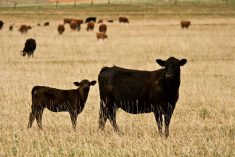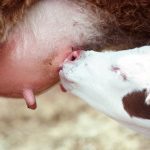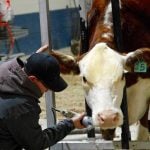Compared to the week ending May 6, western Canadian yearling prices were $2-$4 higher while calf values were up $2 to as much as $8 on average. The feeder market was well bid across all weight categories. Demand for grass cattle appeared to be more aggressive this past week. Yearling supplies will decrease over the next month, which has spurred on buying interest from the finishing sector.
Feeder cattle supplies haven’t been rebuilt in Canada after the 2021 drought. Compared to two years ago, our calculations show feeder cattle supplies outside finishing feedlots in Western Canada are down about 85,000 head. Finishing feedlots are also factoring in weaker feed grain values for the 2023-24 crop year. U.S. corn supplies will be burdensome as the 2023 crop is expected to be up nearly 40 million tonnes from the 2022 output. This is negating drought-like conditions in Alberta, which will lower yield expectations for the barley crop.
Read Also

New opportunities for Canadian goods in Mexico
Agriculture minister’s trip to Mexico sees promotion of Canadian goods like beef and canola, with potential for more partnerships in the future
In central Alberta, larger-frame, medium- to lower-flesh Simmental-based steers weighing 920 lbs. with full health records on light grain diet traded for $260/cwt. In the same region, medium-flesh Charolais steers on light grain diet averaging 830 lbs. charted course at $290/cwt. North of Calgary, medium- to larger-frame thinner heifers weighing 810 lbs. were valued at $256/cwt.
East of Saskatoon, larger-frame lower-flesh mixed steers weighing just over 700 lbs. reached up to $318. In southern Alberta, medium- to larger-frame black heifers scaled at 705 lbs. silenced the crowd at $286.
South of Calgary, medium- to larger-frame black mixed steers averaging 650 lbs. were valued at $335 and their younger brothers weighing 550 lbs. were quoted at $357. In the same region, tan heifers weighing 600 lbs. set the market at $310. West of Saskatoon, red mixed steers averaging a hair above 600 lbs. were bid up to $339.
The market for lighter-weight calves was quite variable. In the sale at Lloydminster, a small group of larger-frame black steers showing 500 lbs. were last bid at $374. Black steers weighing 465 lbs. apparently sold for $394/cwt in southern Manitoba.
The U.S. Department of Agriculture on Friday provided its first 2024 annual beef production forecast, which came in at 24.695 billion lbs. This was down 2.226 billion lbs. from its 2023 forecast of 26.921 billion. This is bullish for feeder cattle long-term. Alberta packers were buying fed cattle at an average price of $232-$233/cwt in southern Alberta. Positive feedlot margins continue to enhance buying enthusiasm.
— Jerry Klassen is president and founder of Resilient Capital, specializing in proprietary commodity futures trading and market analysis. Jerry consults with feedlots on risk management and writes a weekly cattle market commentary. He can be reached at 204-504-8339 or via his website at ResilCapital.com.





